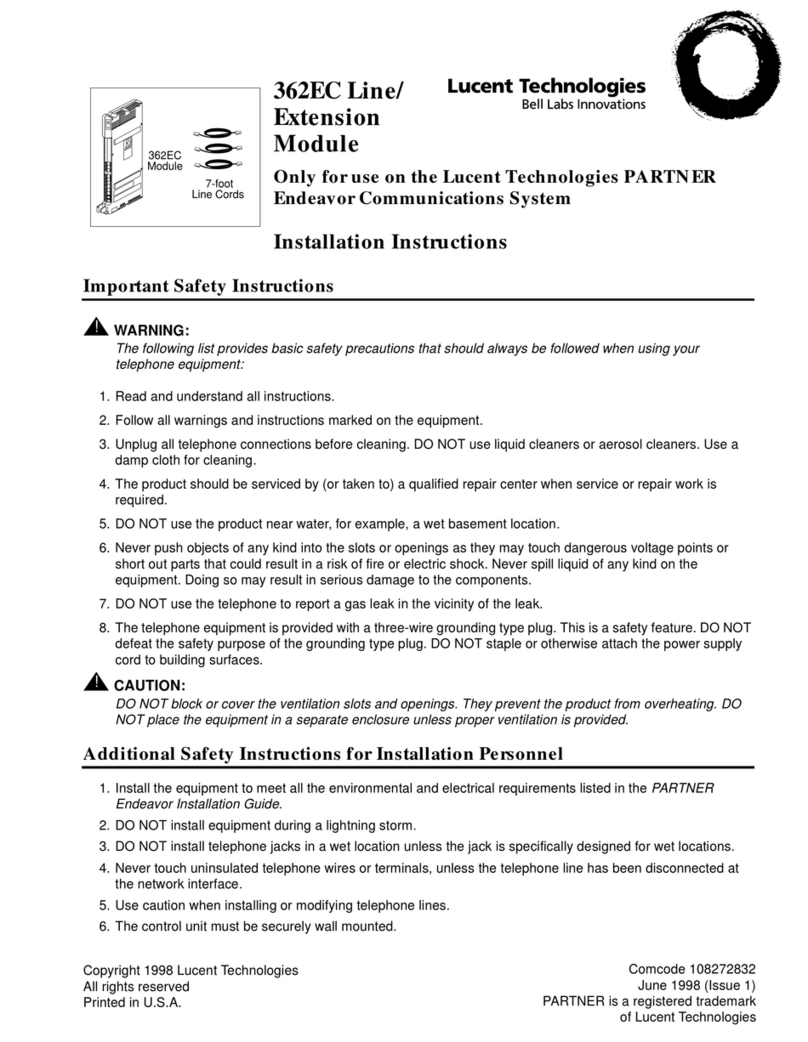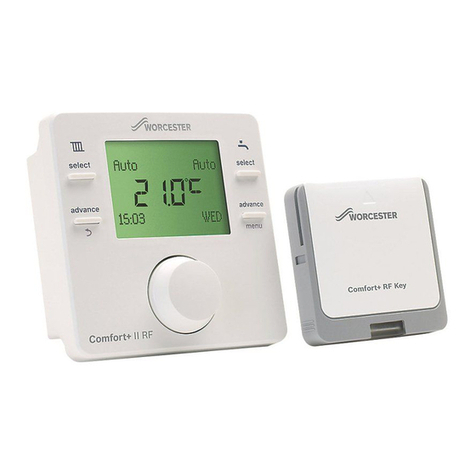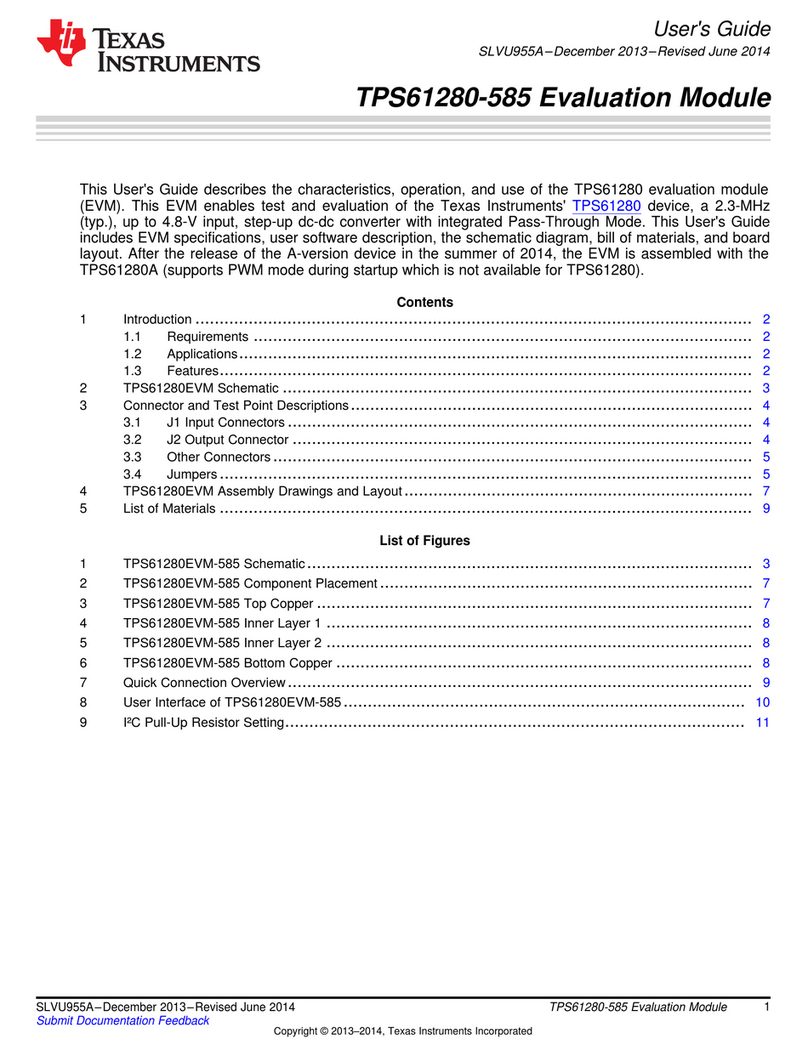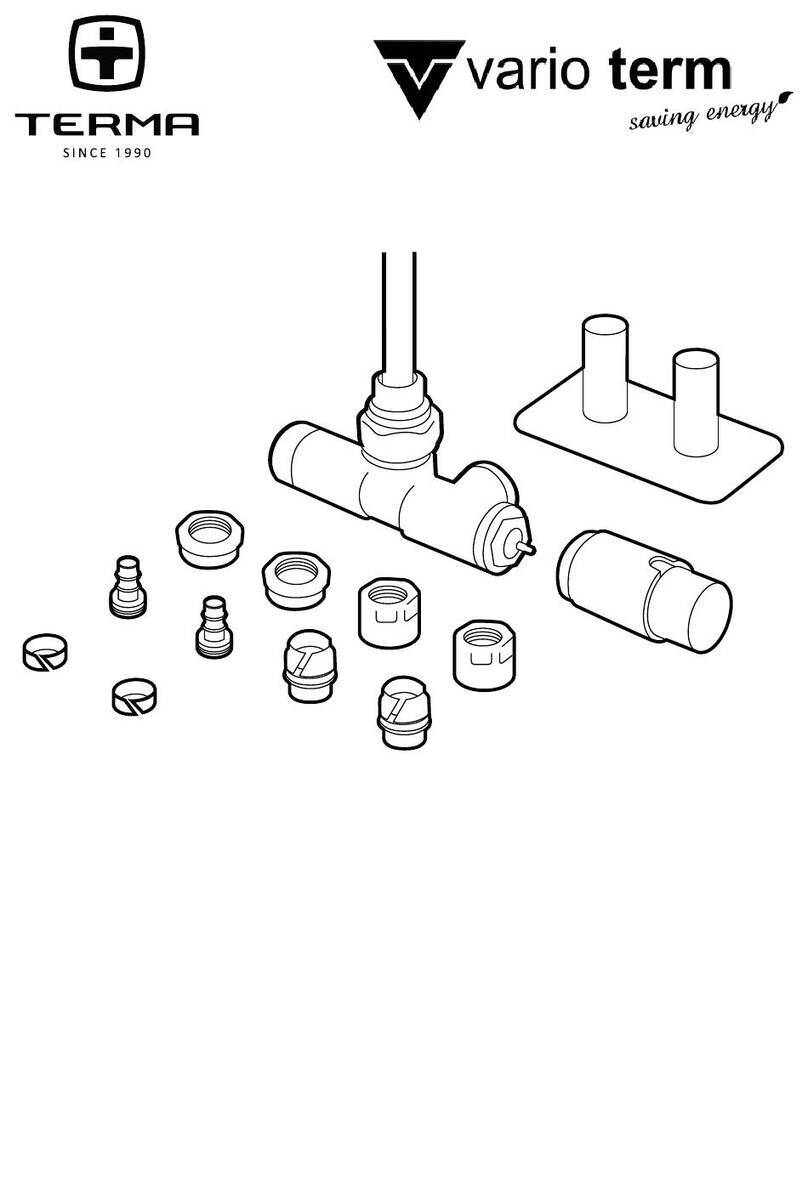Bluegiga WT11-A Guide

WT11-A
Design Guide
Version 1.1
Friday, September 30, 2005

Copyright © 2000-2005 Bluegiga Technologies
All rights reserved.
Bluegiga Technologies assumes no responsibility for any errors, which may appear in this
manual. Furthermore, Bluegiga Technologies reserves the right to alter the hardware,
software, and/or specifications detailed herein at any time without notice, and does not
make any commitment to update the information contained herein. Bluegiga Technologies’
products are not authorized for use as critical components in life support devices or
systems.
The WRAP is a registered trademark of Bluegiga Technologies
The Bluetooth trademark is owned by the Bluetooth SIG Inc., USA, and is licensed to
Bluegiga Technologies.
All other trademarks listed herein are owned by their respective owners.
2

Contents:
1. Introduction .................................................................................................5
2. Design recommendations .............................................................................6
2.1 PCB material...............................................................................................6
2.2 Grounding ..................................................................................................6
2.3 Signal tracks...............................................................................................7
2.4 Filtering .....................................................................................................7
2.5 Antenna ................................................................................................... 10
3

VERSION HISTORY
Version: Author Author Comments
1.0 30.9.2005 TR First release
1.1 30.9.2005 MS Style updated
TERMS & ABBREVIATIONS
Term or Abbreviation Explanation
Bluetooth Set of technologies providing audio and data transfer over short-
range radio connections
EMC Electromagnetic compatibility
PCB Printed circuit board
RF Radio frequency
UART Universal Asynchronous Receiver / Transmitter
USB Universal Serial Bus
4

1. INTRODUCTION
This guide gives recommendations how to design electronics around WT11-A module.
Although the module has an integrated antenna there are still things that can go wrong.
It’s strongly advised to treat RF with respect to achieve the best performance possible.
Careless electronics design can result in EMC problems and a deteriorated performance.
An awareness of the EMC design of a product is the only way to guarantee disturbance
resistant products.
A day spent at the beginning of the project preventing EMC problems can save a
month of fixing problems at the end.
Following chapters give several recommendations how to do a good design. Nevertheless,
a designer should never copy and paste a reference design and expect it to work. In the
world of RF nothing is certain. A situation varies from design to design. So the designer
should always stop to think. Do not trust on luck. It is a certain way to encounter
problems.
5

2. DESIGN RECOMMENDATIONS
2.1 PCB material
A multilayer (for example 4-layer) PCB is recommended. A good grounding is always
available in a multilayer design. You can also hide signals traces and supply lines inside
the PCB. By doing that they are safe from a radiating antenna and do not pick up RF so
easily.
However, if 2-layer PCB is chosen for cost effective reasons take special care of grounding,
filtering etc. A design should be small and simple with the 2-layer PCB.
Never use 1-layer PCB. It won’t work.
2.2 Grounding
•Do not remove copper from the PCB more than needed. Use ground filling as much
as possible. However remove small floating islands after copper pour.
•Do not place a ground plane underneath the antenna. The grounding areas under
the module should be designed as shown in Figure 1.
•Use conductive vias separated max. 3 mm apart at the edge of the ground areas.
This prevents RF to penetrate inside the PCB. Use ground vias extensively all over
the PCB. If you allow RF freely inside the PCB, you have a potential resonator in
your hand. All the traces in (and on) the PCB are potential antennas.
•Avoid loops.
•Ensure that signal lines have return paths as short as possible. For example if a
signal goes to an inner layer through a via, always use ground vias around it.
Locate them tightly and symmetrically around the signal vias.
Figure 1: Ground areas under the WT11 module
(Green color is layer 1 copper and light blue is layer 2 copper)
6

2.3 Signal tracks
•Routing should be done in the inner layers of the PCB. For example use layer 2 for
the signals and layer 3 for the supply lines.
•Traces should have a ground area above and under the line. If this is not possible
make sure that the return path is short by other means (for example using a
ground line next to the signal line).
•Avoid long parallel lines close to each other.
•When using two signal vias close to each other, block the direct coupling path with
ground vias.
•Avoid crossings. Examples:
oA signal line in layer 2 crossing a supply line in layer 3 is not recommended.
oA signal crossing a gap in a ground area is not recommended. By doing that
a return current coming back in a ground has to find a path by circling
around the gap and this results in a loop.
2.4 Filtering
Always use high-Q components!
Use filtering especially on supply lines. A special care should be taken to filter RF
frequencies at 2441 MHz.
You should make pads for two bypass capacitors near the 3V3 pin of the module. One
capacitor is from 10 nF to 100 nF. The other one is meant to filter the RF and it is initially
Not Placed. This capacitor is only used in the case of problems. The value is from 5 pF to
100 pF. The value varies from design to design and it must be found out experimentally.
You should also place one series inductor in the supply trace. The value of the inductor is
expected to be from 10 nH to 100 nH.
Signal lines too can pick up noise, interfere with each other or pick up RF. Filtering can
help in case of problems.
The following figures show some ideas for the designs.
7

Figure 2: Filtering the supply lines (L1, C6, C21 and L2, C4, C14)
Figure 3: UART
8

Figure 4: USB
Figure 5: An example of a good power supply design
Figure 6: Audio design for WT11
9

2.5 Antenna
WT12-A module has an internal antenna which makes the module easy to integrate into a
product. Nevertheless, to ensure proper operation it is very important to follow
recommendations regarding the copper keep out area. Bluegiga offers design references
and Gerber files which show how to design grounding around the module.
The following list can be used as a checklist for the design:
•Place the WT11 module to the edge of the PCB
•Do not enclose the module in the metal shielding.
•Do not place ground plane or traces underneath the antenna.
•Do not place the antenna close to any metal objects.
•Do not place wiring near the antenna.
•Do not use very thin PCB tracks.
•Test the plastic casing for high RF losses.
10
Table of contents
Popular Control Unit manuals by other brands
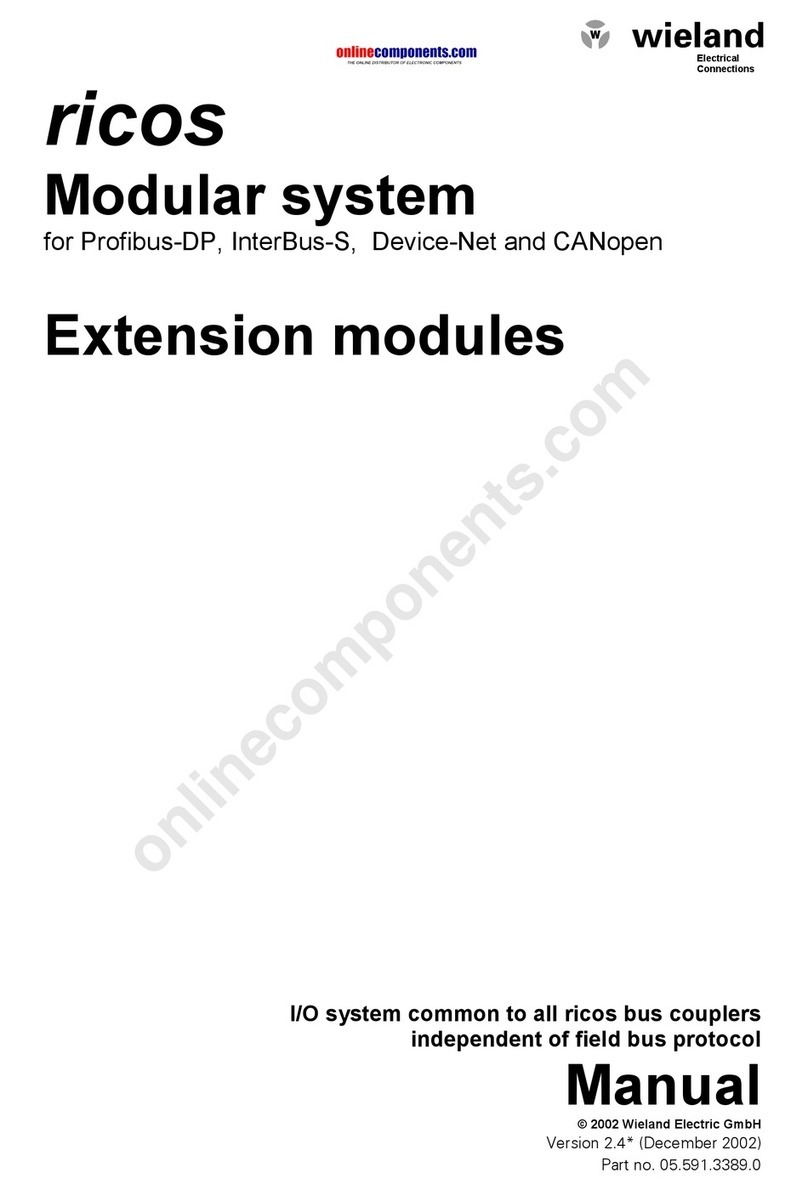
Wieland
Wieland ricos manual

HEIDENHAIN
HEIDENHAIN TNC 620 Programming Station user manual
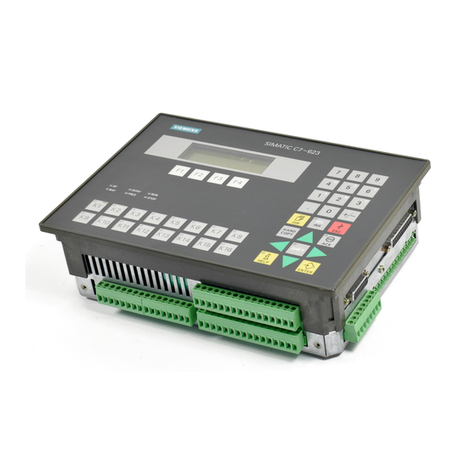
Siemens
Siemens SIMATIC C7 Product information
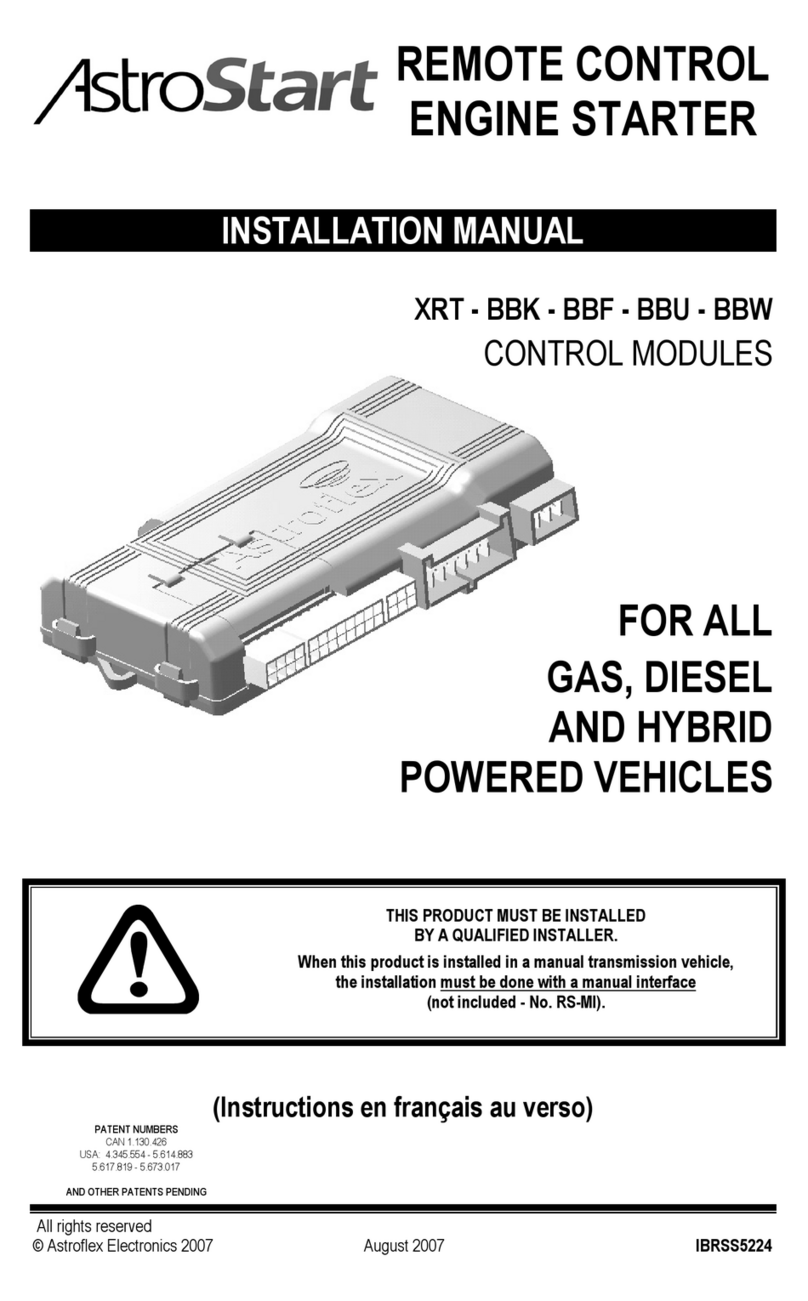
AstroStart
AstroStart XRT installation manual
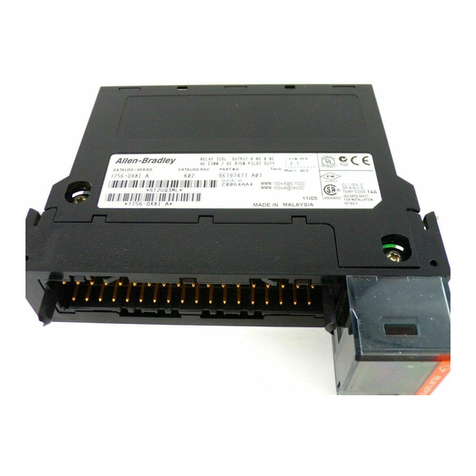
Allen-Bradley
Allen-Bradley ControlLogix 1756-OX8I installation instructions
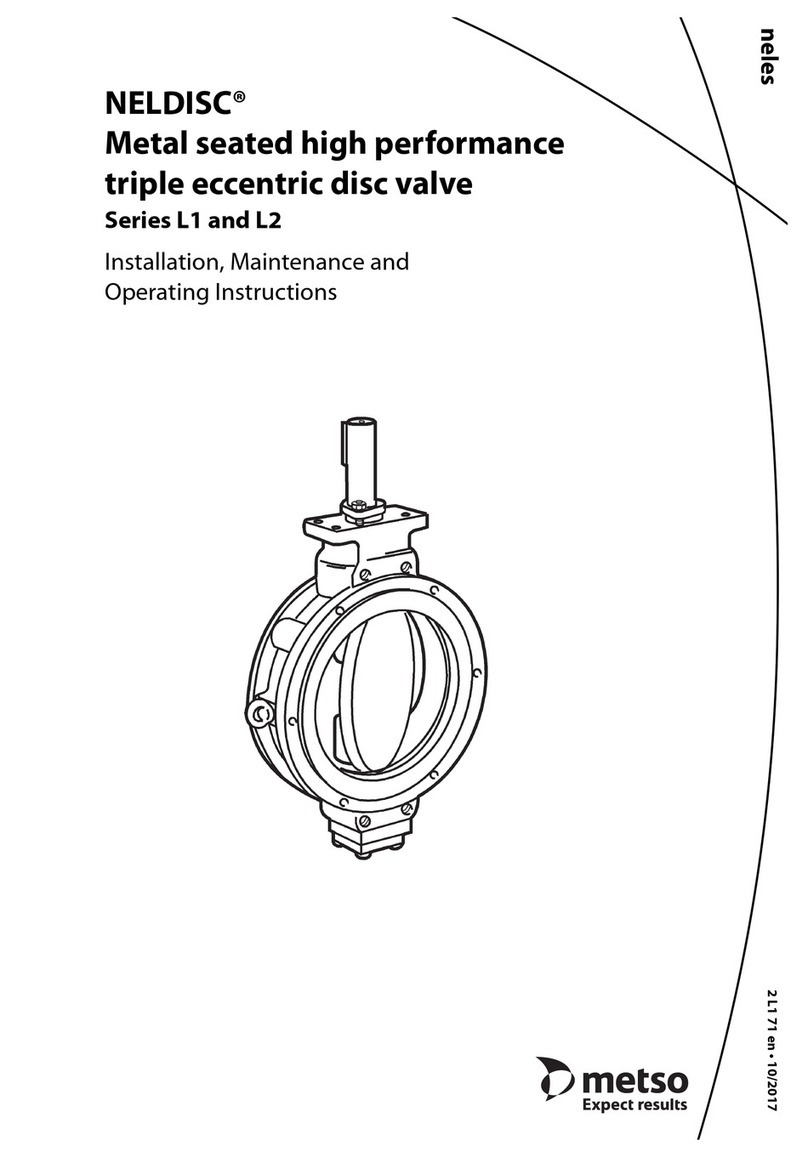
Metso
Metso Neldisc L1 Series Installation, maintenance and operation instructions
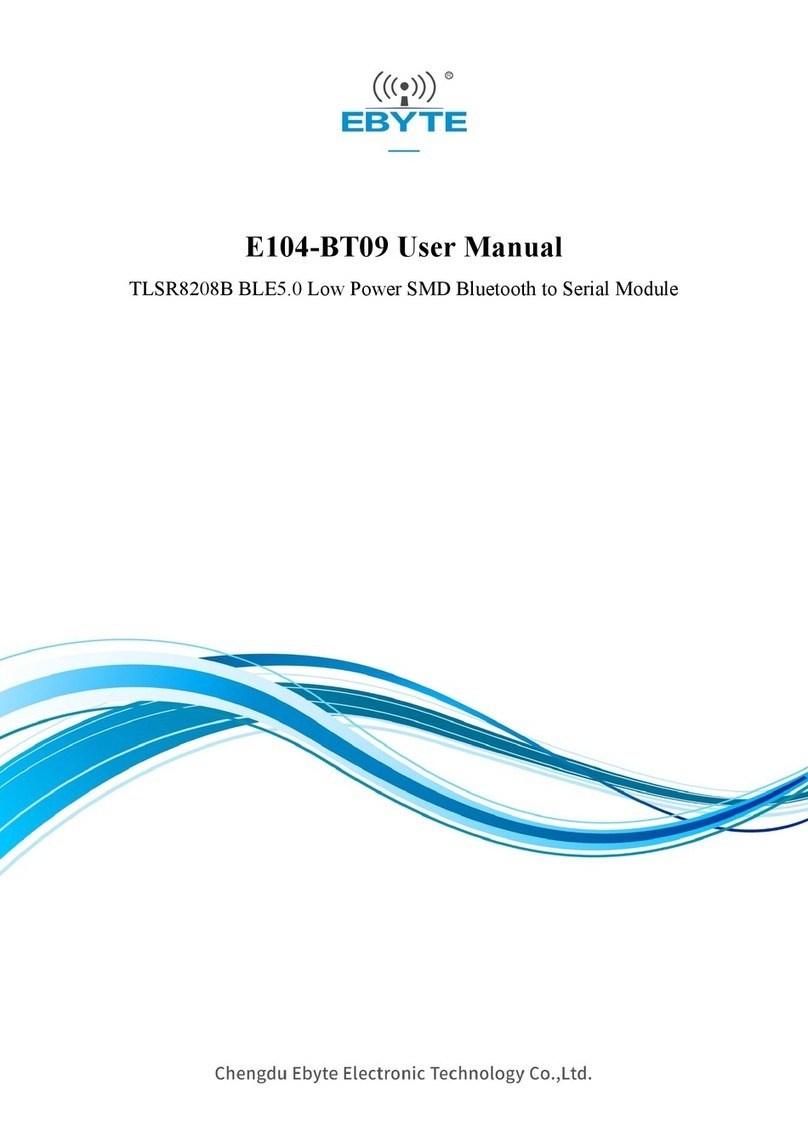
Ebyte
Ebyte E104-BT09 user manual
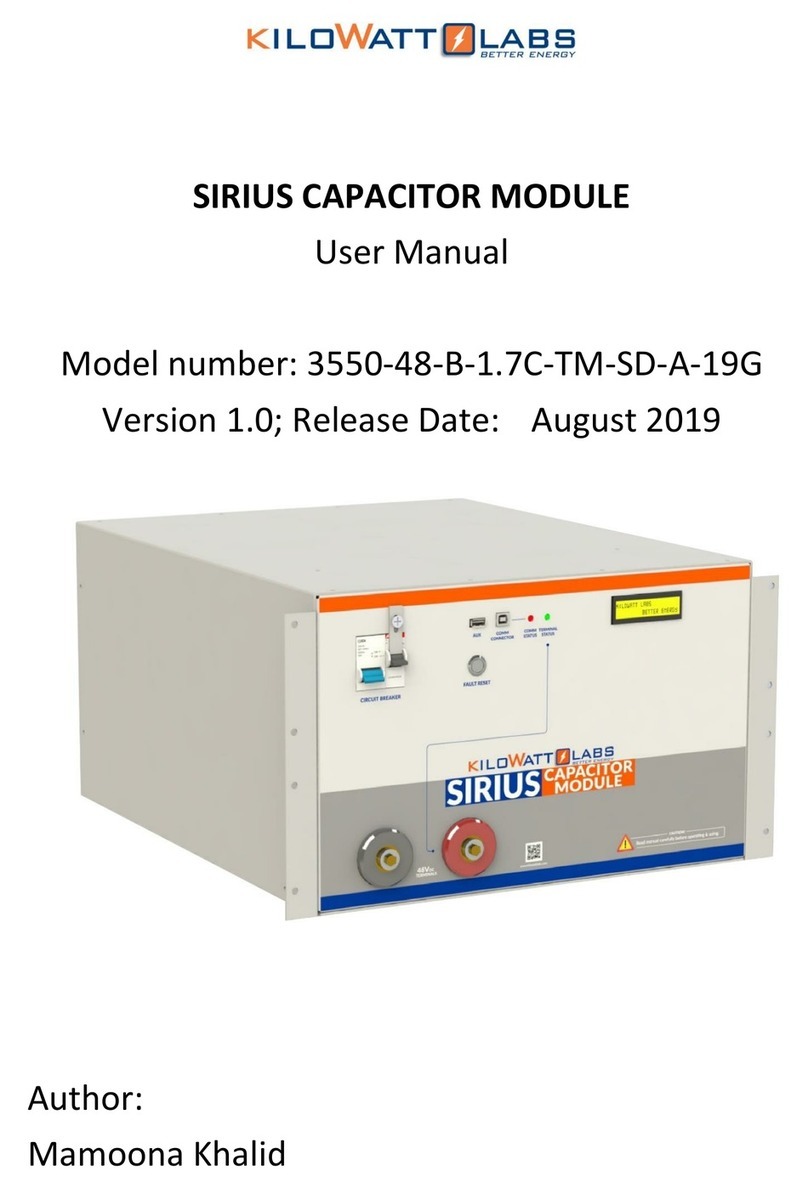
Kilowatt Labs
Kilowatt Labs Sirius 3550-48-B-1.7C-TM-SD-A-19G user manual
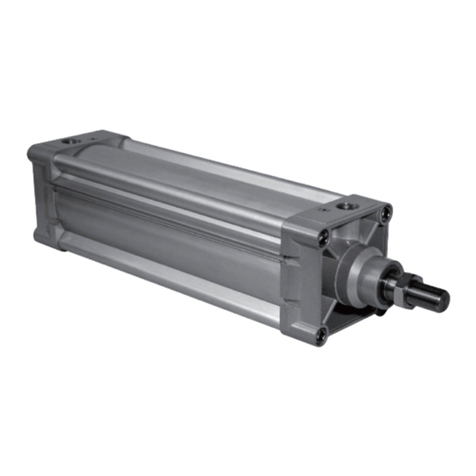
Metso
Metso JAMESBURY EASYFLOW SC Series Installation maintenance and operating instructions

Afag
Afag RM 63 Assembly and operating instructions

eneren
eneren RAW user manual

AWG
AWG PN16 Original operating manual
